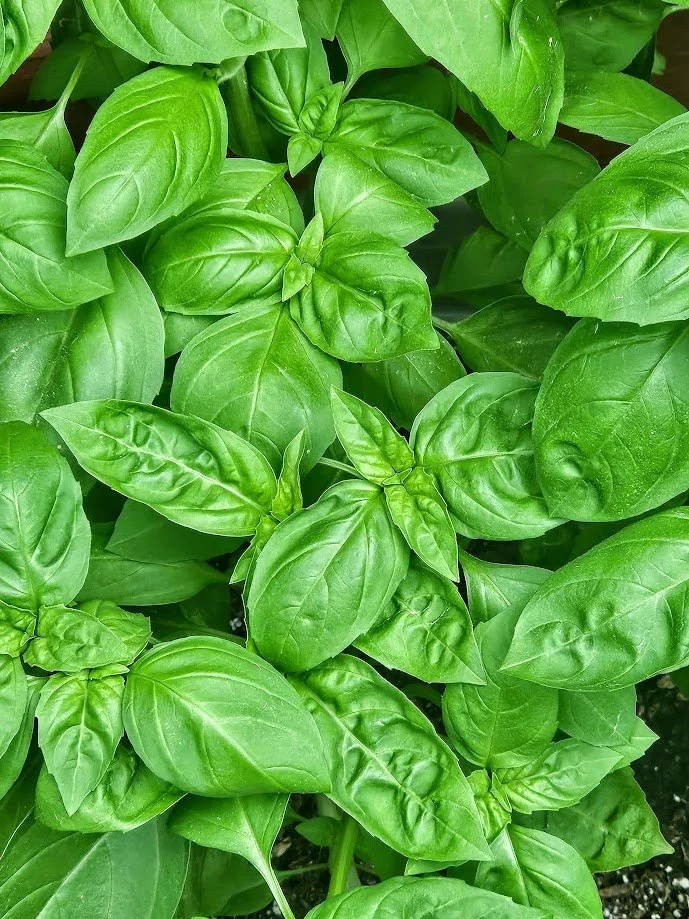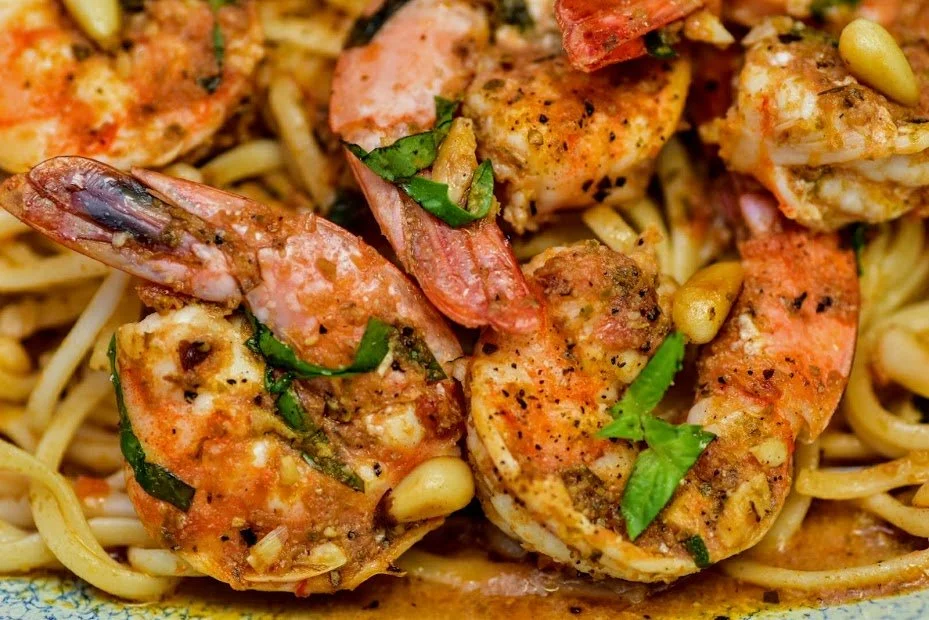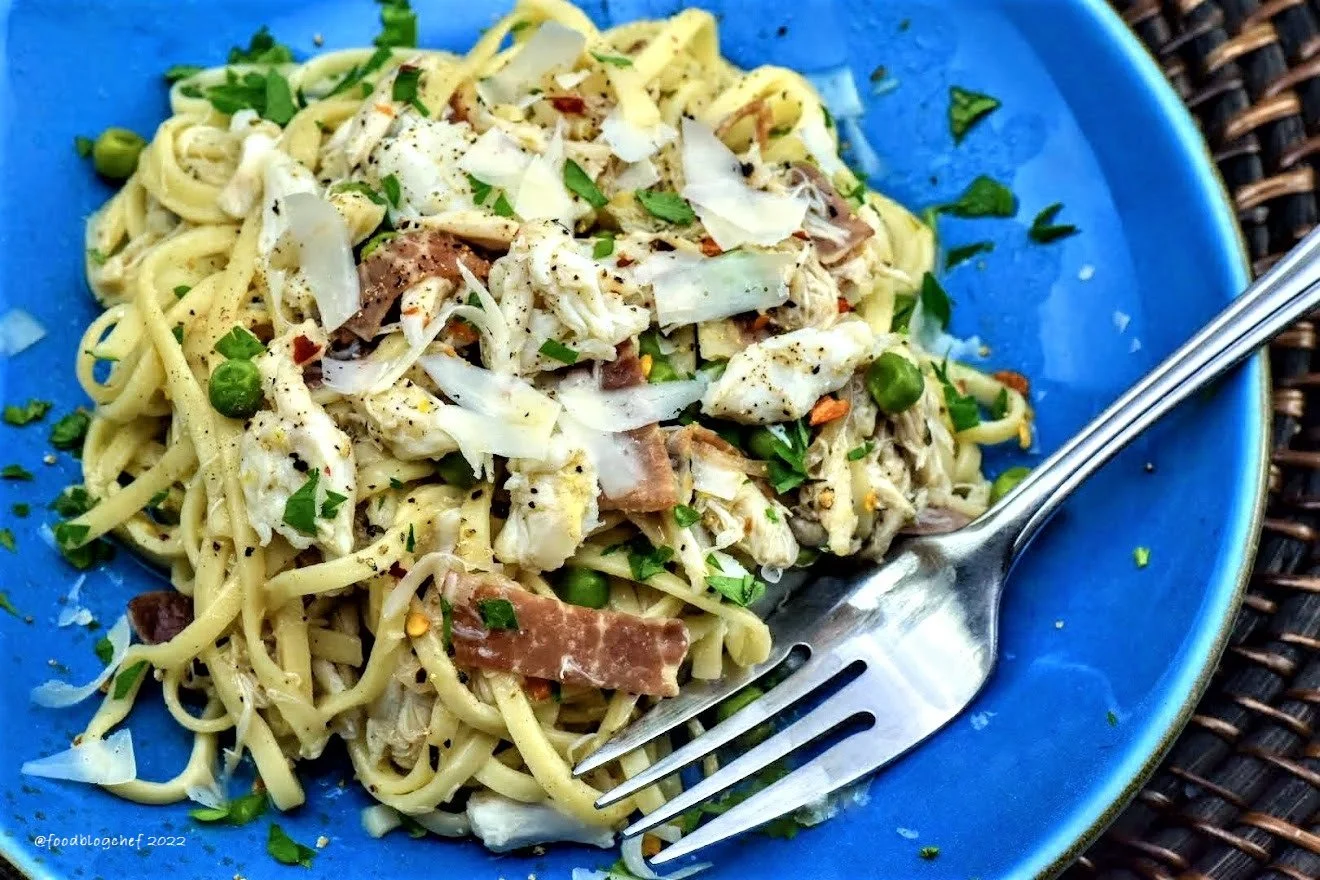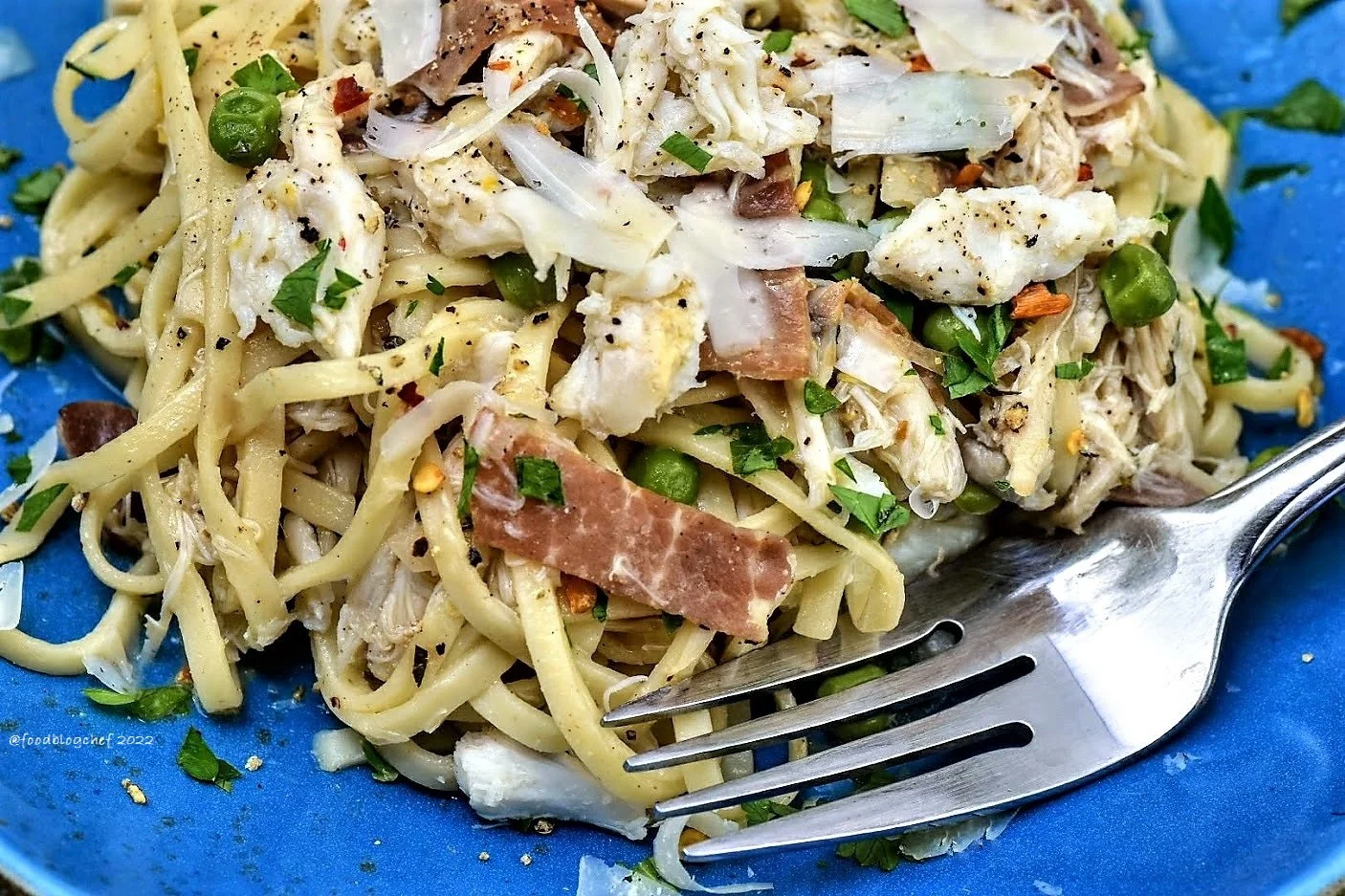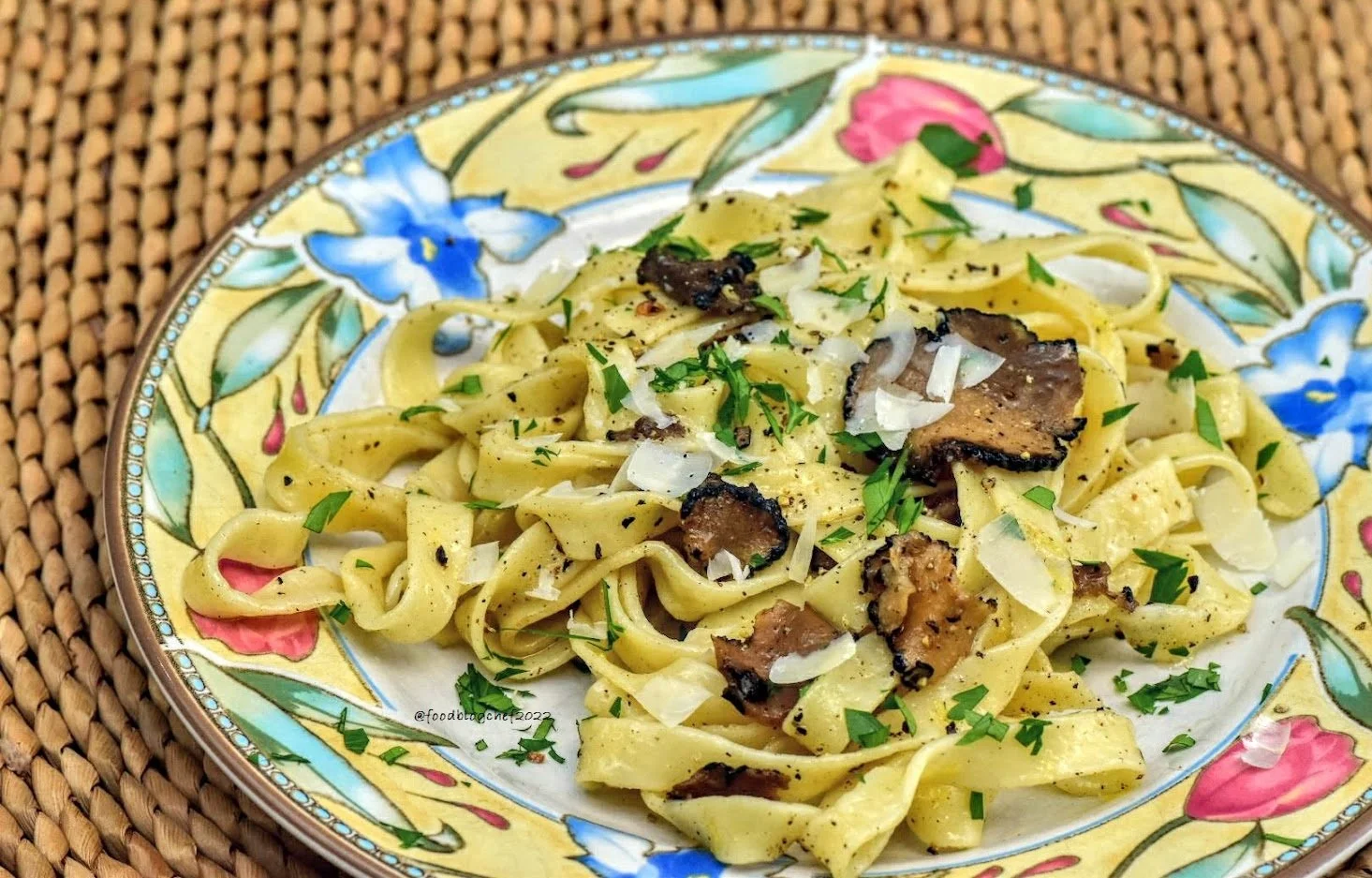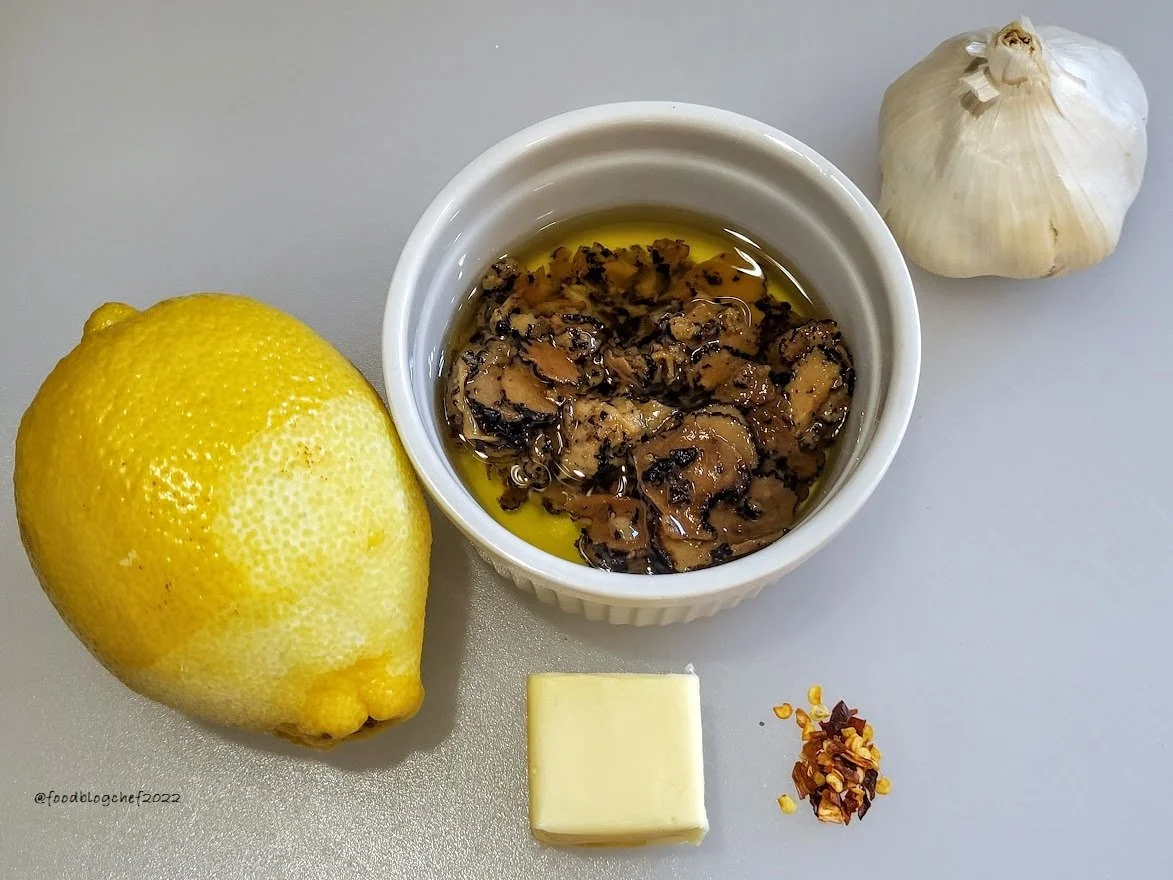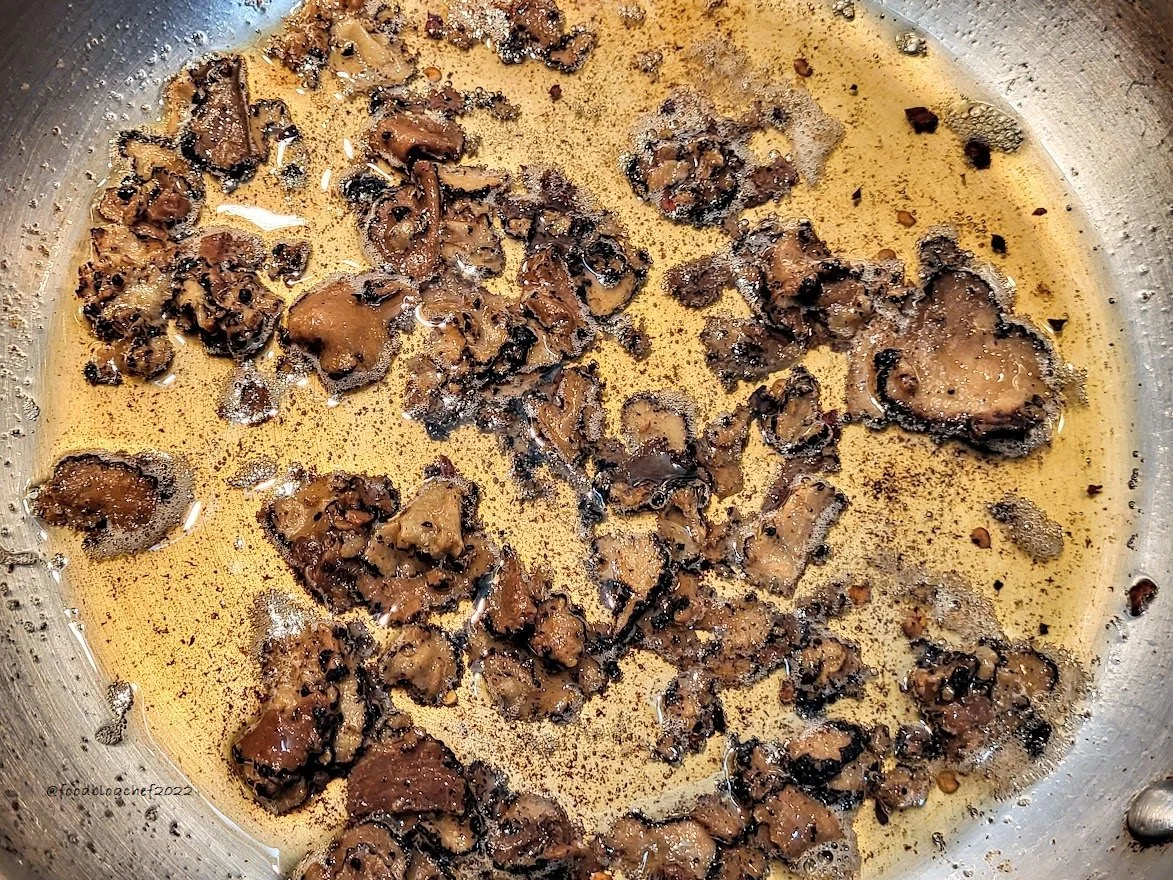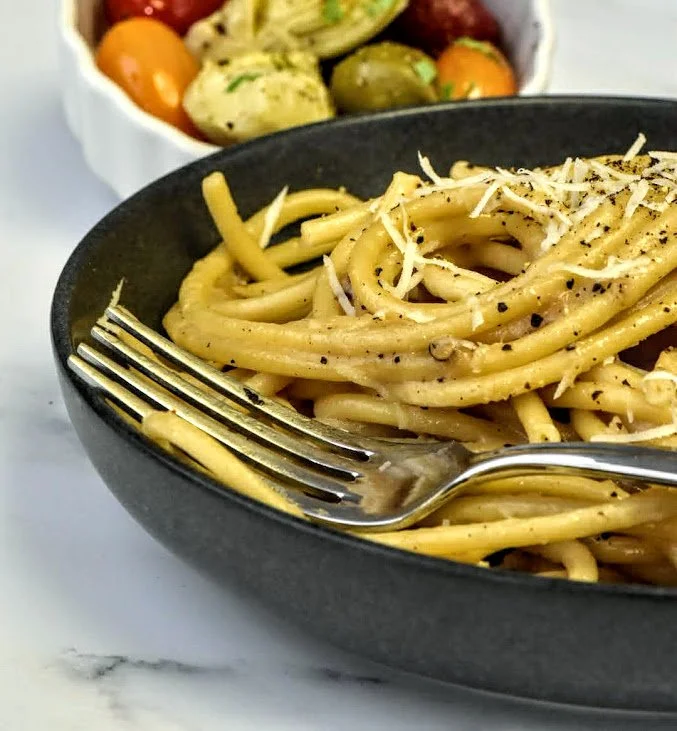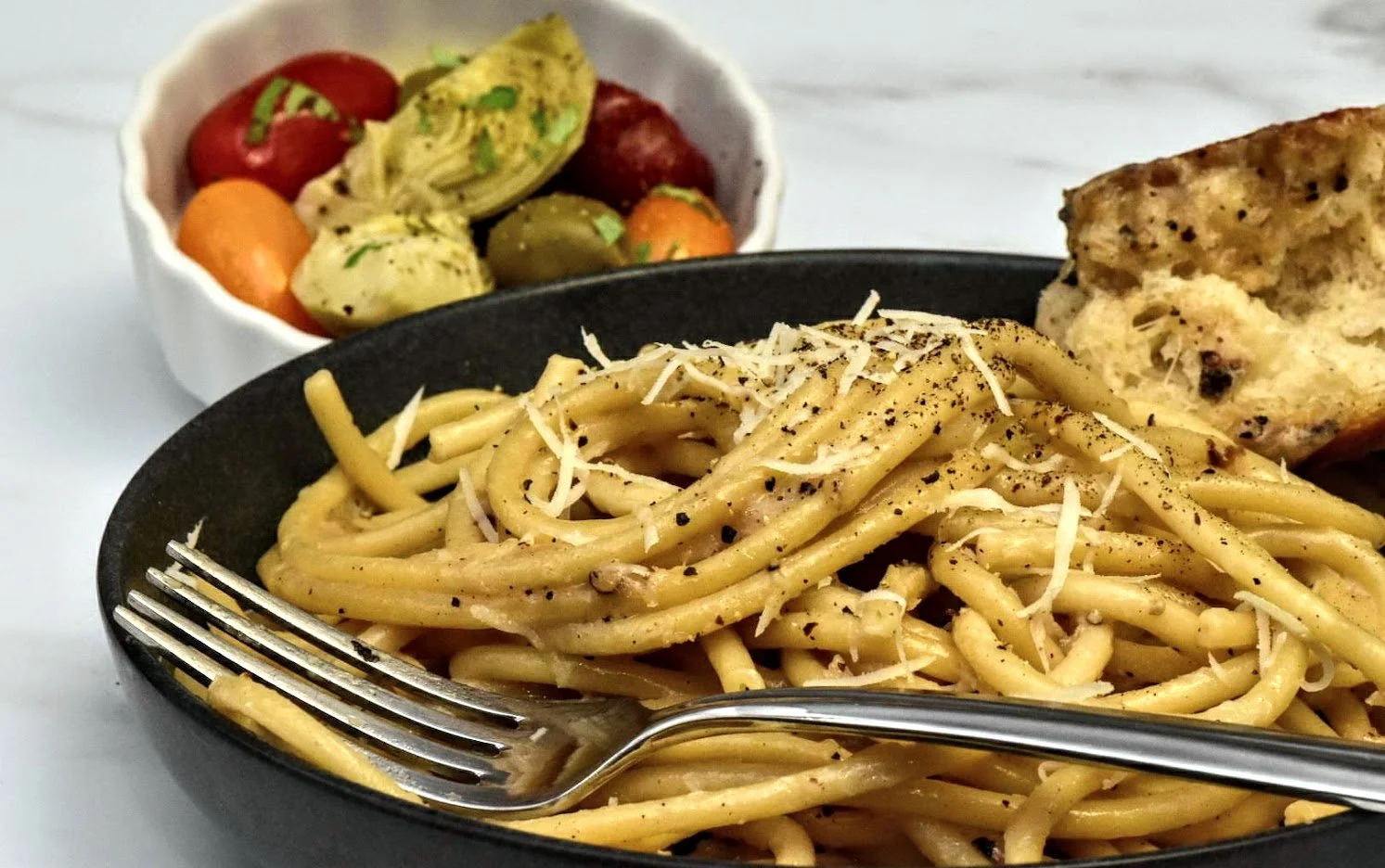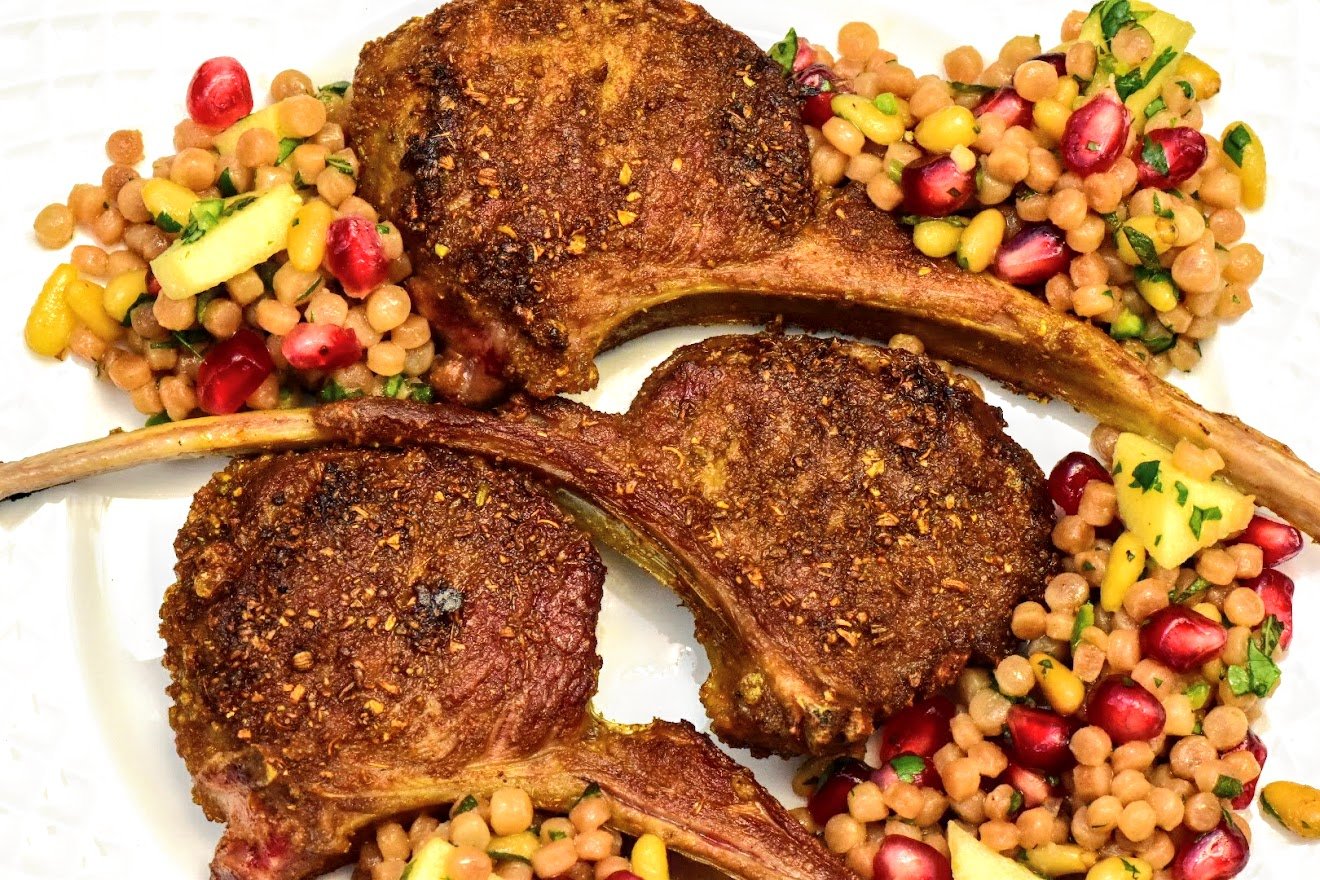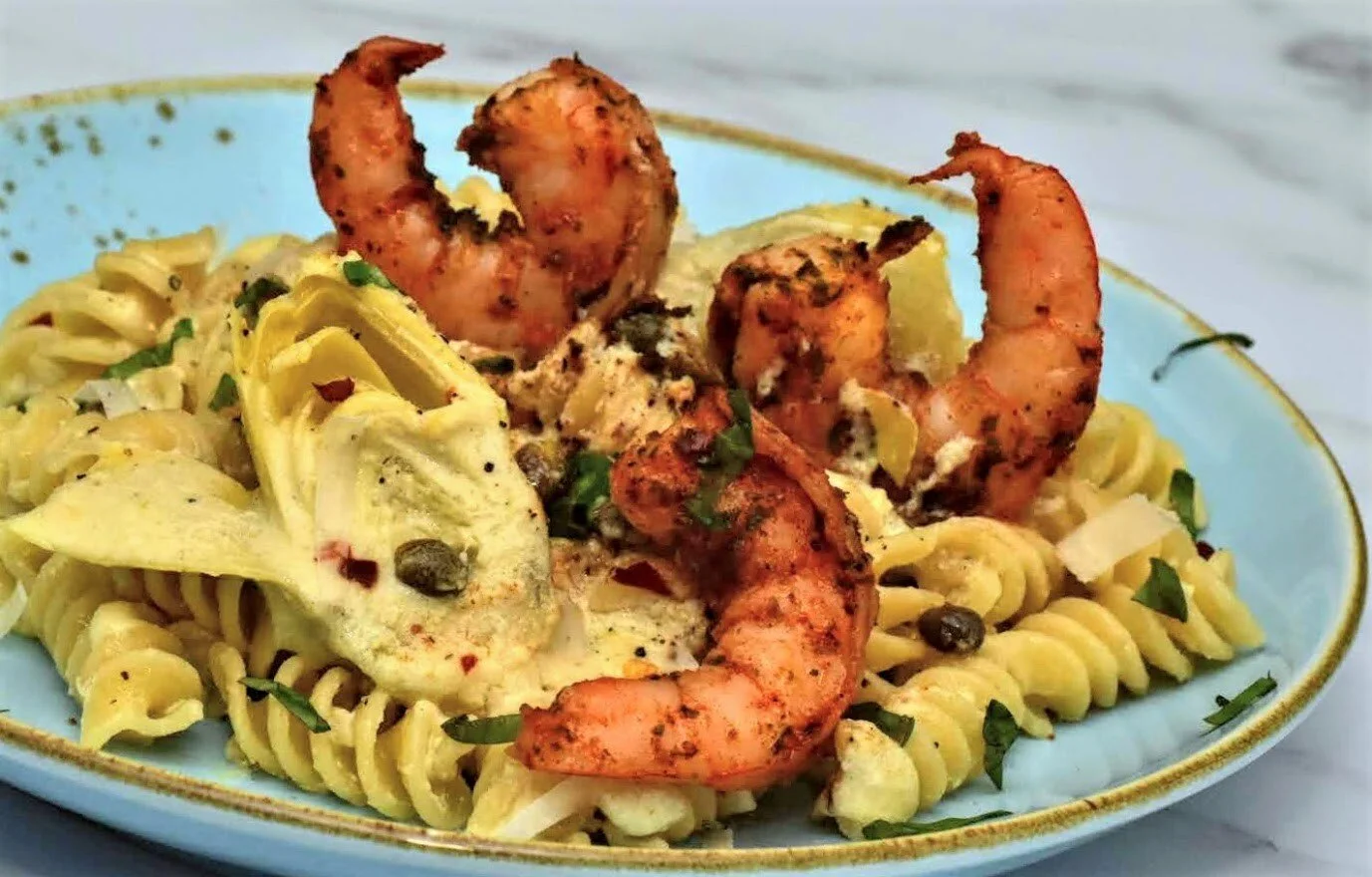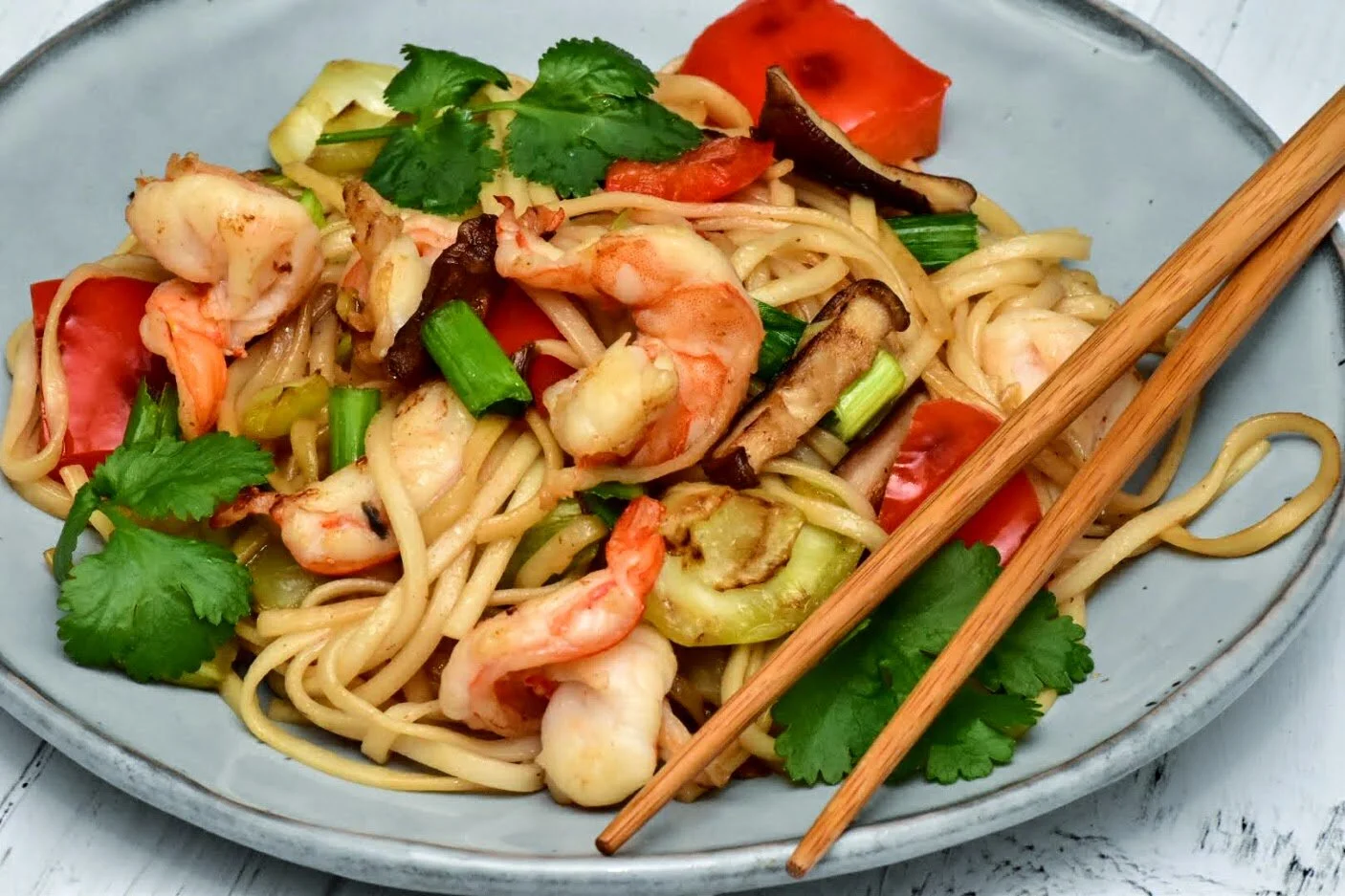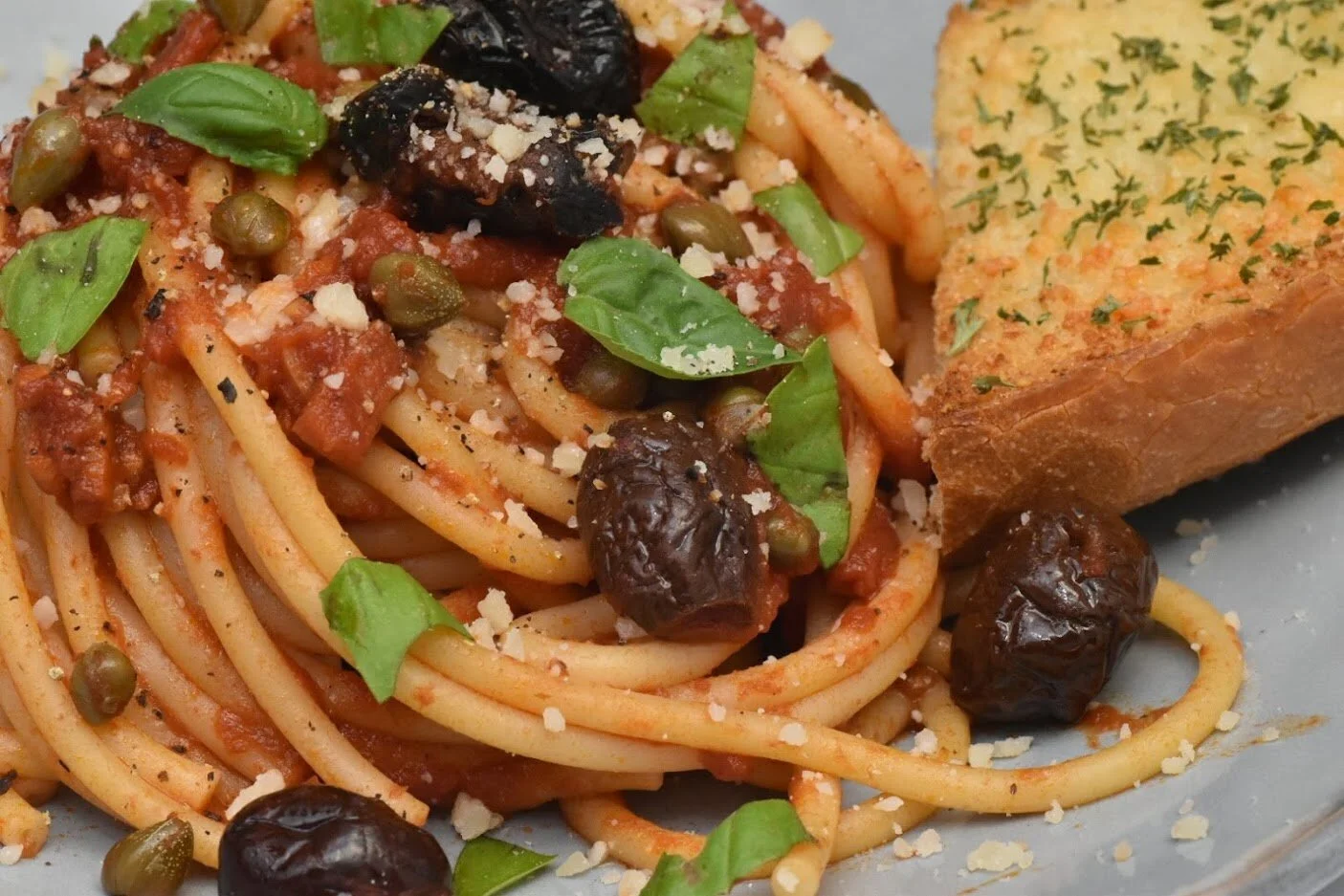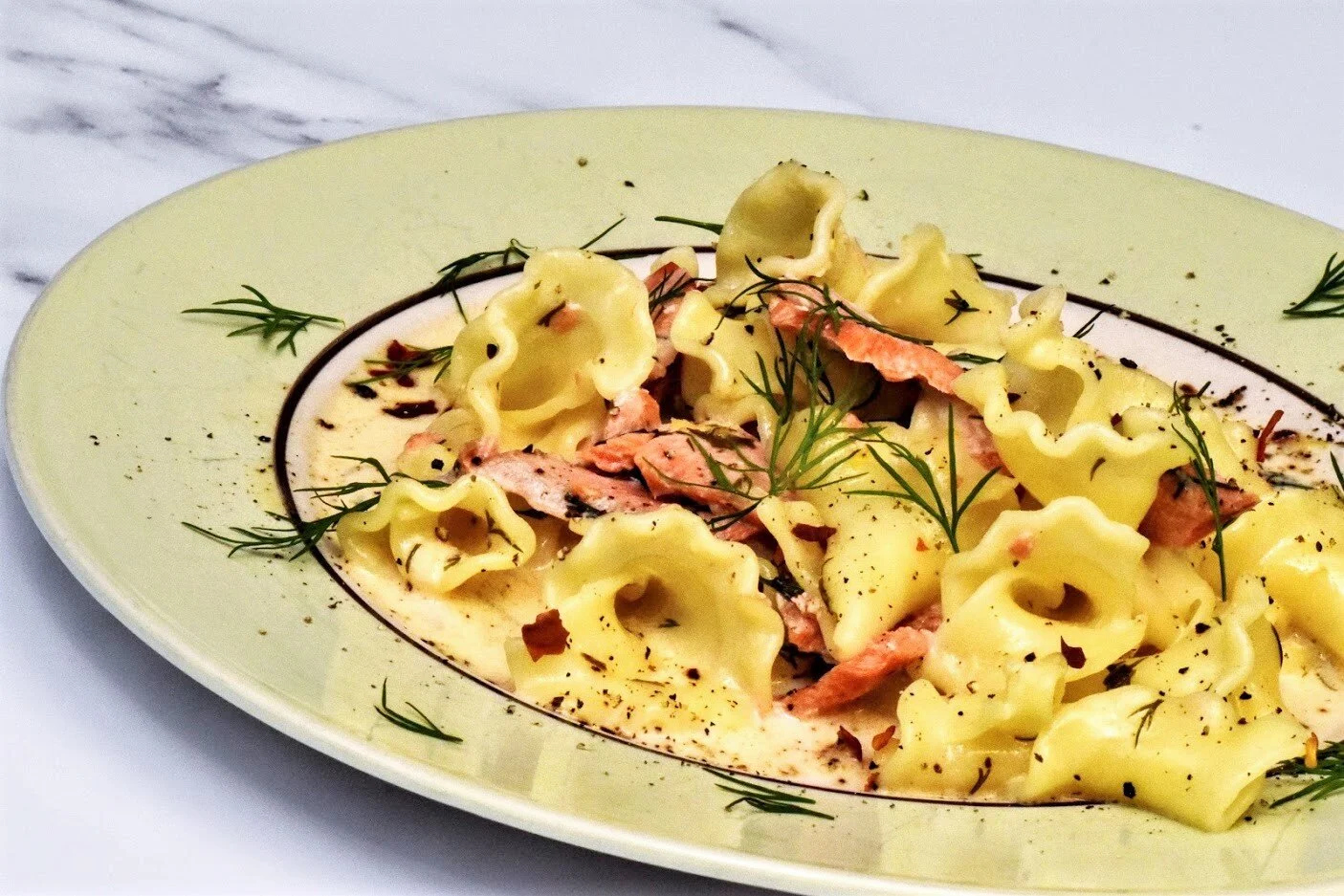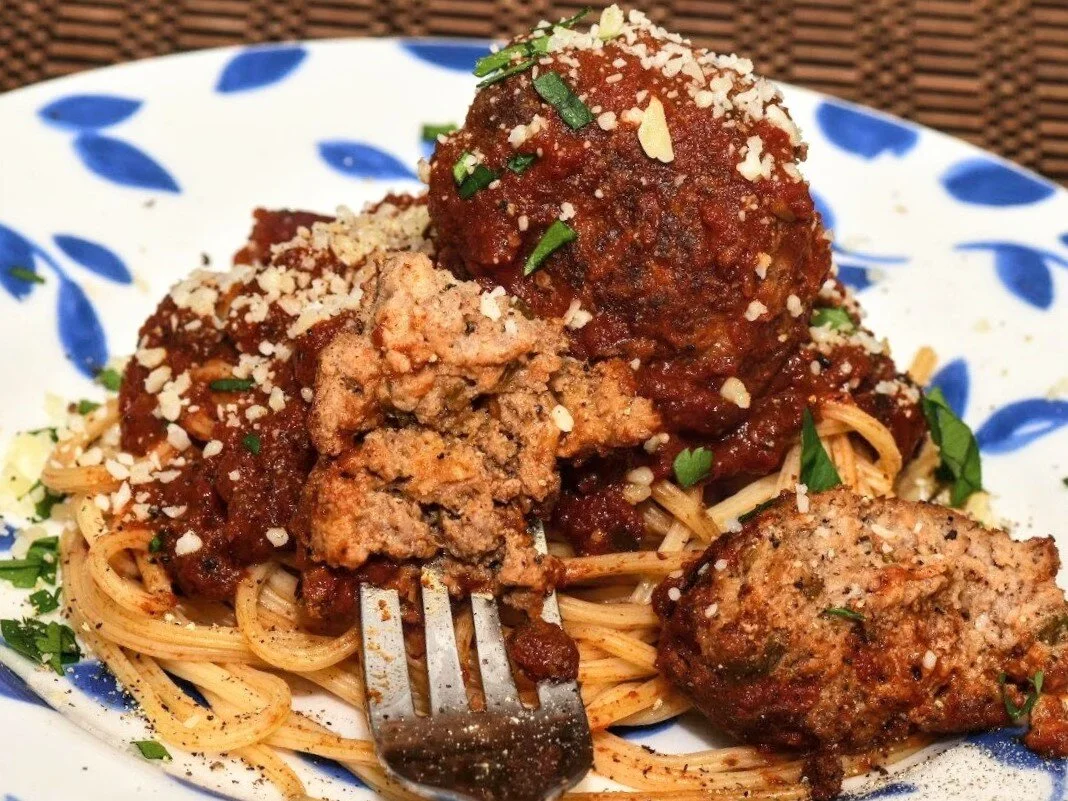Sweet Sausage Sugo with White Wine and Fennel →
In Italian, “sugo” means juice. Sugo di Pomodoro (tomato sauce) is juicier than marinara sauce and lighter than a slow-cooked ragú. This recipe, adapted from Chef Andrew Carmellini, is an updated, refined version of a dish my grandmother used to make when I was a kid. Marinating the sausage in a mixture of white wine, grated garlic, black pepper, and red pepper flakes tenderizes the pork, adds depth, and balances the richness of the sauce. Quick and easy to prepare, this sugo is loaded with flavor your family will love. My grandmother would be smiling. Mangiare mi familia!
SWEET SAUSAGE SUGO WITH WHITE WINE AND FENNEL
Serves 4-6
Ingredients
4 garlic cloves, grated (about 1 tablespoon)
1 1/3 cups dry white wine, divided
1 pound sweet Italian sausage, casings removed
1 teaspoon ground fennel
½ teaspoon black pepper
½ teaspoon crushed red pepper
¼ cup extra-virgin olive oil
1 small yellow onion, finely chopped
1 small carrot, finely chopped
1 celery stalk, finely chopped
1 (28-ounce) can whole peeled tomatoes, undrained and crushed (San Marzano tomatoes recommended)
1 (14.5-ounce) can whole peeled tomatoes, undrained and crushed
1/8 teaspoon kosher salt
1 pound uncooked spaghetti (I prefer thin linguine or spaghetti rigati)
½ cup grated Parmigiano-Reggiano cheese
¼ cup chopped fresh basil, plus small leaves for garnish
½ cup chopped fresh flat-leaf parsley, plus more for garnish
Preparation
1. Stir together the grated garlic and 1/3 cup wine in a large bowl. Add sausage, fennel, black pepper, and crushed red pepper; stir well to combine. Cover and refrigerate for at least 1 hour or up to 12 hours.
2. Heat oil in a large skillet over medium until shimmering. Increase heat to high and add the sausage mixture; cook, breaking up the sausage until lightly browned. Stir in the onion, carrot, and celery and sauté until the onion is translucent and the celery and carrot are softened, about 4 minutes. Add the remaining 1 cup of wine, scraping up any browned bits on the bottom of the skillet, until the wine is nearly evaporated. Stir in the crushed tomatoes with juices and salt. Bring the mixture to a simmer over high; reduce heat to medium-low, and simmer, stirring occasionally, until thickened and reduced by about half, about 30 minutes.
3. While the sauce is simmering, bring a large pot of salted water to a boil over high. Add spaghetti and cook according to package directions for al dente, about 6-8 minutes. Drain the pasta, reserving 1 cup of cooking liquid. Add ¼-½ cup of pasta water to the sauce to thin it. Add a cup of the sauce to the hot pasta and stir to coat the pasta. Stir in the cheese, basil, and parsley. Serve the hot pasta with additional sauce spooned over and garnished with extra Parmesan, chopped basil, and parsley. Serve with crusty bread.
Wine pairing: Chianti, Sangiovese, Zinfandel, Syrah, Cotes du Rhone










